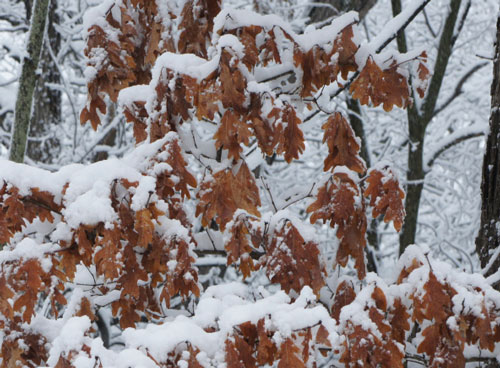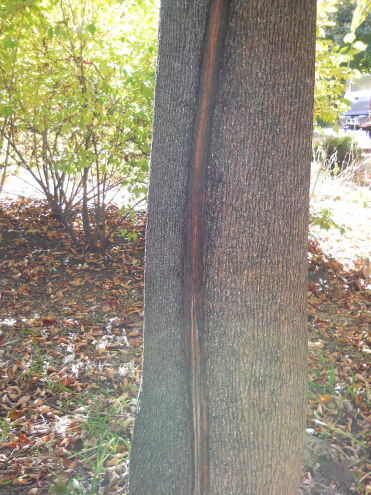Pines have a wonderful history of being a living pharmacopoeia. Pines in their native habitats exist in some of the most extreme conditions on the globe, including drought, heat and elevation. Similar to other medicinal herbs, the naturally stressed, super tough survivors will have a greater medicinal value, possibly due to the higher levels of isomers and anti-oxidants produced by them. Pines are the source for many essential oils and the use of the Pine knot goes back to the Romans who used them as torches that they knew had both antiseptic and antibiotic properties while burning. The Cayuga peoples used the Pine knots in the treatment of tuberculosis, creating a tincture from carefully selected knots and utilizing the antibiotic, pinosylvin carried within the pith tissue.
Probably the most popular use for Pines is in the treatment of respiratory ailments. They release terpenes which have expectorant, antitussive and anti-inflammatory properties. It has been suggested by some that every hospital should have a Pine grove on its grounds where the healing properties of these magnificent plants could be fully utilized.1
1Arboretum America, Diana Beresford-Kroeger, copyright 2003
What Does Maple Syrup and Anti-freeze Have in Common? OR
Why don’t trees freeze in the winter?
Backyard Wisdom by Gilbert A Smith
ISA Certified Master Arborist










